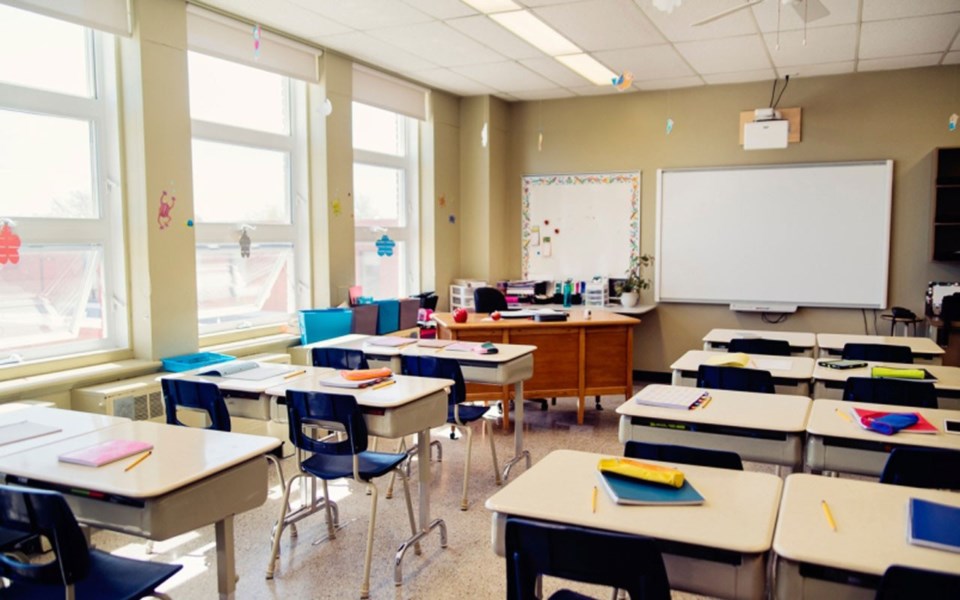No regular in-class instruction is expected at kindergarten to Grade 12 (K-12) schools until “well after” the Victoria Day long weekend.
In his update last week on how his government plans to restart B.C.’s economy, Premier John Horgan said schools are expected to begin planning for full operations in September. He added that he and Minister of Education Rob Fleming will provide more information on the reopening of primary, middle and secondary schools in the days and weeks ahead.
Guidelines for kindergarten to Grade 12 include daily screening protocols for staff and students, small class sizes, increased space between desks and alternating attendance arrangements. Temperature screenings are not required or recommended; screenings will take the form of asking individuals how they are feeling.
“Schools opening are an essential complement to wider economic activity resuming,” said Grant Bishop, associate director of research at the C.D. Howe Institute. “There’s wide awareness that in order to open the economy broadly, schools and daycares need to be back in action so that parents can be able to go to their jobs.”
Bishop added that a gradual or restricted initial reopening of schools could serve as a check on the pace of a population’s return to work, which in turn allows governments to ensure they do have a handle on the level of COVID-19 transmission.
Alberta K-12 schools are closed for the remainder of the academic year, with the provincial government planning for several different scenarios in September. Public schools in Ontario will remain closed until at least the end of the month.
The B.C. provincial government has also released additional guidelines for B.C. post-secondary institutions, which have largely shifted to online service delivery and expect to deliver a hybrid of in-class and online instruction come the fall. Guidelines include a daily screening protocol for all staff and students, increased use of online learning and early arrival for international students, who are to self-isolate for 14 days.
Even as the provincial economy begins to reopen, the outlook for post-secondary schools is still subject to a significant amount of uncertainty, with risks “clearly tilted to the downside,” according to ratings agency DBRS Morningstar, which recently published commentary on issues facing Canadian universities.
“If stringent physical distancing and travel restrictions remain in place, first-year enrolment could be significantly negatively affected.”
Universities Canada president and CEO Paul Davidson said the potential for closed borders in the fall poses a significant challenge for universities.
“The value of international students to Canada’s economy is bigger than the export of softwood lumber,” he said.
“Communities like Nanaimo, Kelowna, Kamloops all have significant international student populations. And those students rent apartments, and they lease cars, and they buy groceries, and they contribute to the strength and diversity of the universities.”
It remains unclear when Canada may begin to reopen its borders, and whether Ottawa might make exceptions for international students.
This story is part of a series on the next steps for B.C. businesses across a wide range of sectors as the province edges closer to the easing of COVID-19 safety measures. Check out all previous stories in this series, and stay tuned for further stories being published throughout this week.




